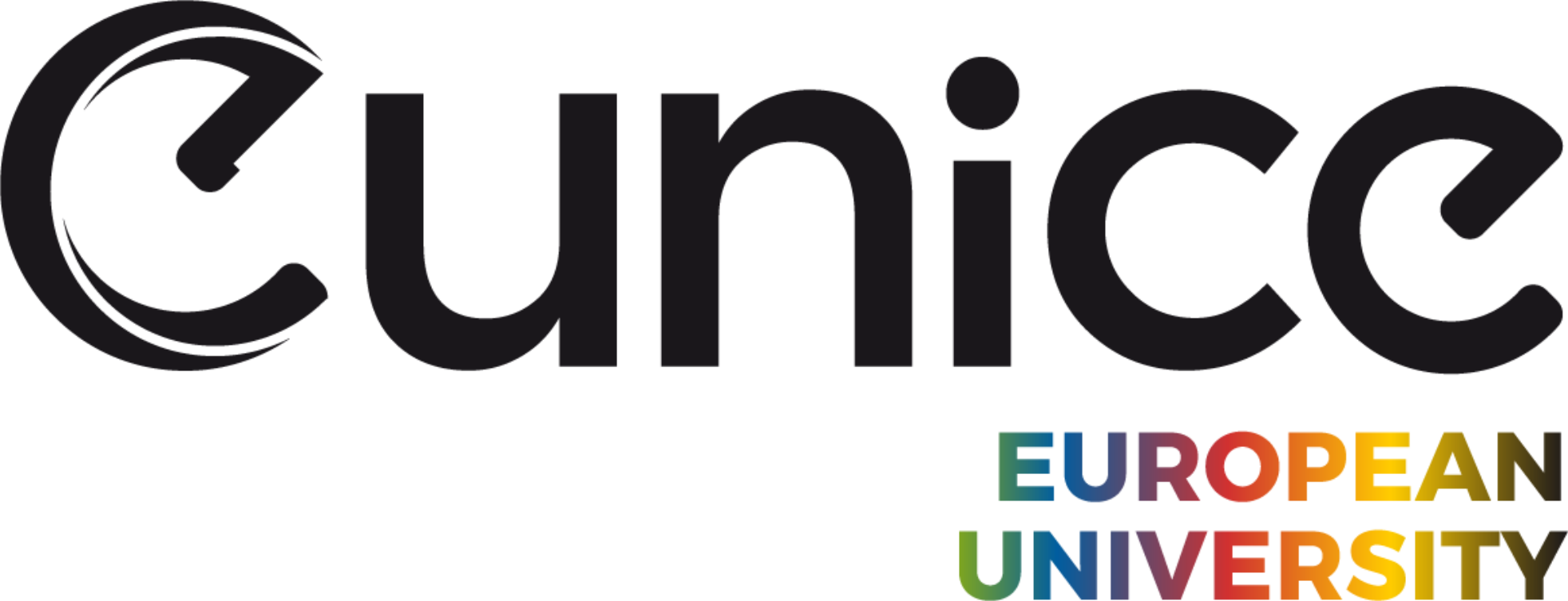Diagnostics Integration into W7-X CoDaC for OP2
A. Winter (IPP Greifswald, Germany)
The superconducting stellerator Wendelstein 7-X has successfully concluded its third operation phase in October 2018. The machine will see substantial changes during the next two years, when an actively cooled divertor will be installed, as well as many new diagnostic systems. The W7-X Control, Data Acquisition and Communication (CoDaC) group is responsible for the integration of all new diagnostics into the W7-X control ecosystem (around 10 Systems) as well as carrying out significant upgrades to the I&C and data acquisition of another 15 systems. Some of those have been operating autonomously with only minimum integration into the central infrastructure up to now. This was due to time and resource constraints during the previous operating phases. This paper will present an overview of the integration challenges for OP2 both from a technical perspective as well as highlight the strategy employed by the W7-X CoDaC group to meet those challenges within the time and resource budget. The cornerstone for this strategy is standardization as far as possible to minimize individual integration effort. One example is the development of a generic, flexible and scalable camera acquisition framework based on µTCA hardware for cameralink, camerlink HS and GigEVision. This will enable CoDaC to compartmentalize the specifics of any individual camera - provided it is compliant with the aforementioned standards – and treat all cameras virtually identically for integration purposes. A standardized software interface has also been developed (GeRI), which will greatly simplify the software interface of systems not yet fully integrated into the CoDaC infrastructure. These currently only rely on the supply of an external hardware trigger to start data acquisition. Siemens PLCs already handle general slow control throughout the project. However, the integration work is still done fully in-house. In order to handle the large scope of work within the time budget, CoDaC will have to be in a position to outsource a significant part of the work. Efforts are undertaken at present to design and implement the necessary testing and simulation infrastructure such that external partners can develop and test according to the W7-X needs and deliver fully functional and fully tested systems limiting the risk of major refactoring work after delivery.
Download one page abstract












